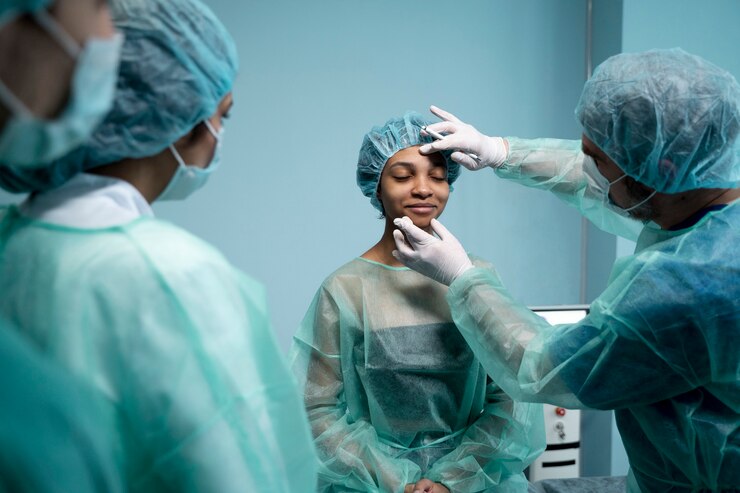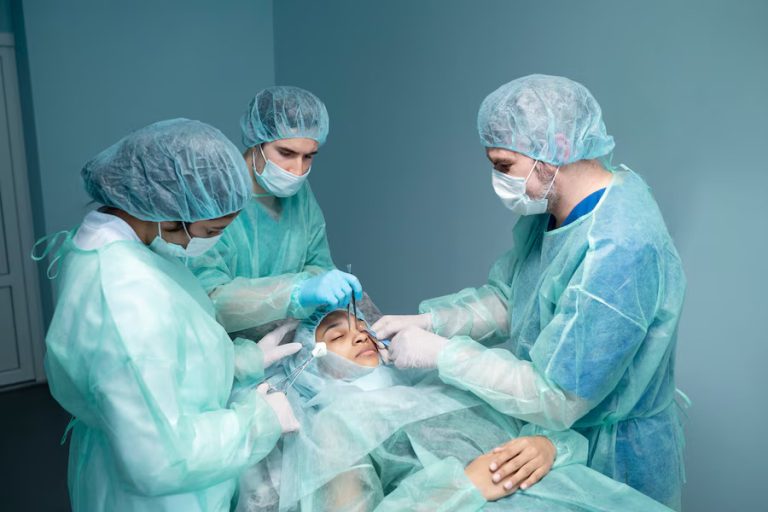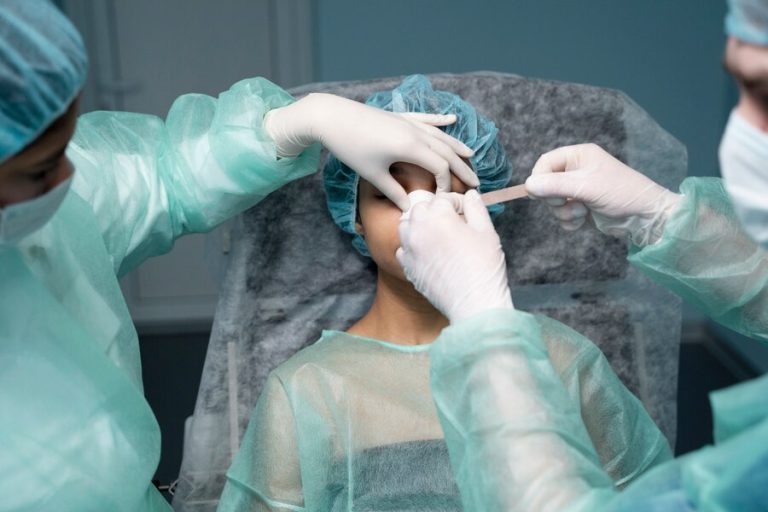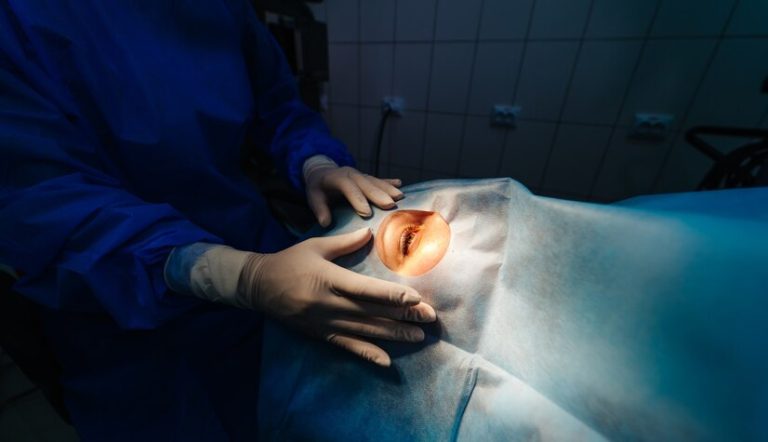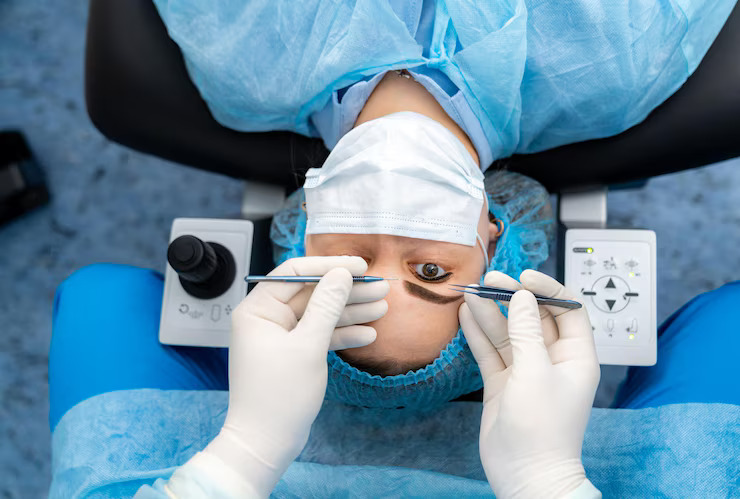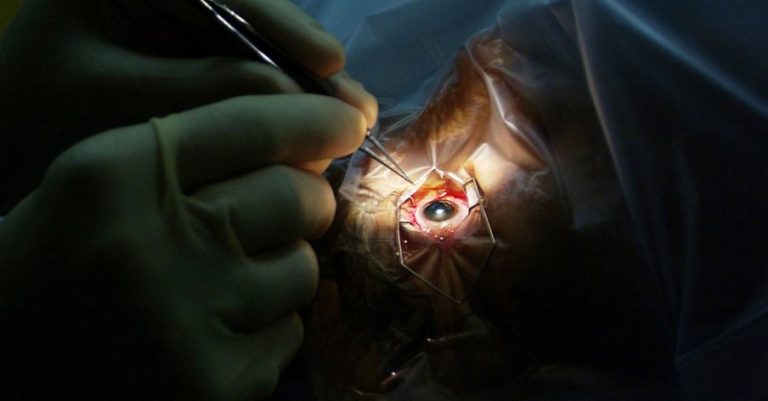Navigating The Journey Of Eye Surgery Repair: Emerging Treatments
Eye surgeries have revolutionized the field of ophthalmology, offering solutions to a myriad of vision-related issues. However, despite the advancements, complications may arise, necessitating further intervention to restore vision and mitigate adverse effects. In this article, we delve into the journey of eye surgery repair, exploring emerging treatments that promise hope and improved outcomes for patients facing challenges post-eye surgery.
Understanding the Need for Eye Surgery Repair
While eye surgeries aim to correct vision problems such as refractive errors, cataracts, or glaucoma, complications can occur during or after the procedure. These complications may include corneal irregularities, retinal detachment, inflammation, or even infection. Moreover, some patients may experience suboptimal outcomes, such as residual refractive errors or visual disturbances, prompting the need for additional interventions.
Emerging Treatments in Eye Surgery Repair
Advanced Corneal Cross-Linking (CXL):
Corneal ectasia, a condition characterized by progressive thinning and bulging of the cornea, can occur after refractive surgeries like LASIK or PRK. Advanced corneal cross-linking (CXL) techniques, such as accelerated or transepithelial CXL, have emerged as promising treatments to halt the progression of ectasia and strengthen the corneal tissue. By promoting collagen cross-linking, these procedures can stabilize the cornea and improve visual outcomes for affected patients.
Customized Intraocular Lenses (IOLs):
Following cataract surgery or refractive lens exchange, some patients may experience residual refractive errors or visual aberrations. Customized intraocular lenses (IOLs) offer personalized solutions to address these issues. Advanced technologies, such as wavefront analysis and femtosecond laser-assisted lens surgery, enable precise measurements and customized lens designs tailored to the individual’s visual needs. Multifocal or toric IOLs can correct astigmatism and provide enhanced vision at various distances, reducing dependence on glasses or contact lenses post-surgery.
Minimally Invasive Glaucoma Surgery (MIGS):
Glaucoma, a leading cause of irreversible vision loss, often requires surgical intervention to lower intraocular pressure and prevent optic nerve damage. Traditional glaucoma surgeries were associated with significant risks and prolonged recovery times. However, minimally invasive glaucoma surgery (MIGS) techniques have emerged as safer and more effective alternatives. Procedures such as trabecular micro-bypass stents or ab interno canaloplasty offer micro-incisional approaches to enhance aqueous outflow and reduce intraocular pressure, thereby preserving vision and minimizing the need for medications.
Regenerative Therapies:
Regenerative medicine holds promise for repairing damaged ocular tissues and restoring visual function. Stem cell therapy, for instance, aims to regenerate damaged corneal epithelium, endothelium, or even retinal cells. Clinical trials investigating the use of autologous or allogeneic stem cells have shown encouraging results in treating conditions like corneal injuries, retinal degeneration, or optic nerve damage. Additionally, bioengineered scaffolds and growth factors are being explored to create an optimal microenvironment for tissue regeneration and functional recovery.
Artificial Intelligence (AI) Assisted Diagnosis and Treatment:
The integration of artificial intelligence (AI) algorithms into ophthalmic diagnostics and treatment planning has transformed the landscape of eye care. AI-based imaging technologies, such as optical coherence tomography (OCT) or fundus photography, enable early detection of pathology and precise monitoring of disease progression. Moreover, AI-driven predictive models can assist surgeons in preoperative planning, intraoperative decision-making, and postoperative management, optimizing treatment outcomes and minimizing complications.
Conclusion
The journey of eye surgery repair is evolving rapidly, propelled by advancements in technology and innovative treatment modalities. From advanced corneal cross-linking to customized intraocular lenses, minimally invasive glaucoma surgery, regenerative therapies, and AI-assisted diagnostics, emerging treatments offer renewed hope for patients facing challenges post-eye surgery. As research continues to expand and technology continues to advance, the future holds promise for further improving visual outcomes and enhancing the quality of life for individuals seeking eye surgery repair.

